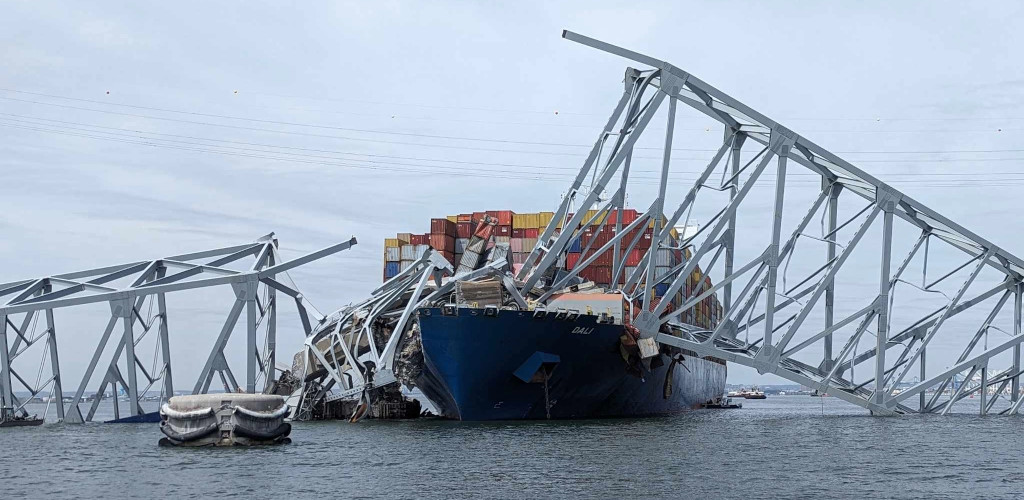Vessels Are Being Rerouted to Other Ports in the Region

Breakbulk movers are facing challenges as cargo gets diverted away from the Port of Baltimore, which was shuttered last week following the near-total collapse of the Francis Scott Key Bridge.
Vessel traffic at the port remains suspended after a container ship collided with the bridge early morning on March 26. Due to the closure, eight vessels are unable to leave the port, including Wallenius Wilhelmsen’s MV Carmen, which had completed cargo operations before the incident.
Trucks are still able to come in and out of Baltimore, while the port’s Tradepoint Atlantic logistics center is handling smaller shipments of breakbulk and auto deliveries.
Baltimore is the fifth largest port on the U.S. East Coast, but the country’s number one for auto, light truck, and agricultural tractors, handling some 750,000 units last year. Vessels scheduled to call at Baltimore are now rerouting to other ports in the region, such as New York, Norfolk, and Philadelphia.
Jim Shapiro, director at Baltimore-based Thunderbolt Global Logistics, said that while customs and shipping lines were working closely to avoid clearance delays, logistics providers still faced challenges. “For shipments on the water, or if they’re imminent – that’s the biggest challenge for project freight,” he said.
“If a ship is on the water and it has 200-ton transformers onboard and it can’t come to Baltimore, then where’s it going to go? You’ve got to start from scratch with permits, with the trucks, or if they’re going on railcars then you got to determine if they’ve got rail availability.
“But our customers who have cargo diverted, we’re taking care of it. We’re doing what we have to do to get the freight picked up and we’re trying not to miss a beat on anything.”
Bryan Fathauer, senior vice president for US Midwest and global steel/packaging at UTC Overseas, said taking Baltimore out of the mix for the Mid-Atlantic and Midwest could be an issue, given that so much breakbulk cargo is shipped on RoRo vessels.
“Baltimore has invested a lot historically in infrastructure to allow high, wide and heavy cargo to come in and out of the port as easy as practicable,” he said. “So there is going to be a big impact on that type of static cargo laden on RoRo vessels. Our anticipation is you will see quite a bit of that going to the South Atlantic, say to Charleston or Brunswick in Georgia.”
"Or do we look at the more traditional means of a RoRo or breakbulk liner carrier that is going into the Gulf, then putting something we had not planned on barging on barges? There are a lot of unknowns here. But we have always been adroit, that is our job and that is in our DNA, to look at myriad solutions to offer the best solution from an operational-cost impact.
"The force multiplier through the supply chain crisis of doing that on a daily basis as really got ingrained in all organizations. There were too many changes at a moment’s notice during the supply chain crisis, and you just had to react a lot quicker."
Meanwhile, the potential impact of the disaster on national and global supply chains would depend on how long the shipping channel and port remained offline, sources told Breakbulk.
Salvage crews led by the U.S. Army Corps of Engineers (USACE) have already begun removing debris at the site of the Key Bridge collapse, while Baltimore officials announced on Monday the opening of a temporary shipping route around the wreckage for commercially essential vessels.
The move was part of a “phased approach” to opening the main channel, the USACE said.
“Everyone is in lockstep to get the port back open,” Shapiro said.
“It’s going to impact a lot of different people, a lot of different industries, for sure. But Baltimore is a very resilient port community, and everybody is working to help each other any which way they can. It’s a great port and a great city.”
PHOTO CREDIT: USACE
